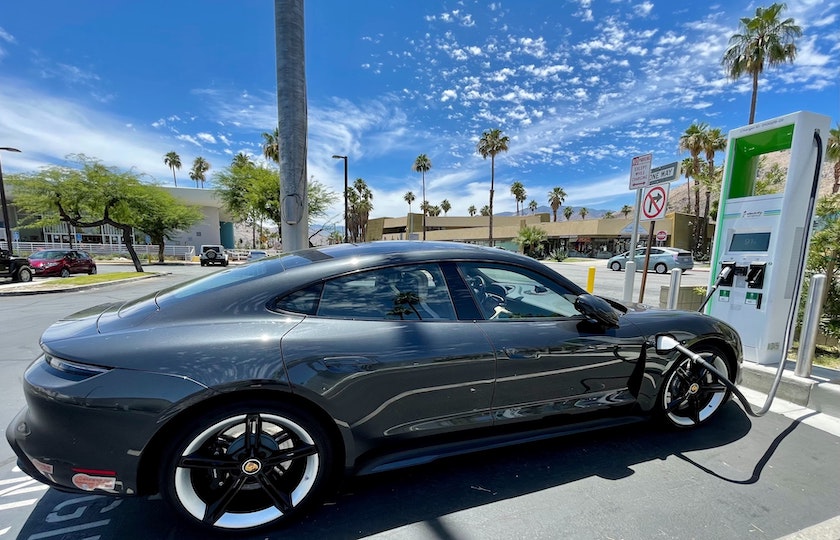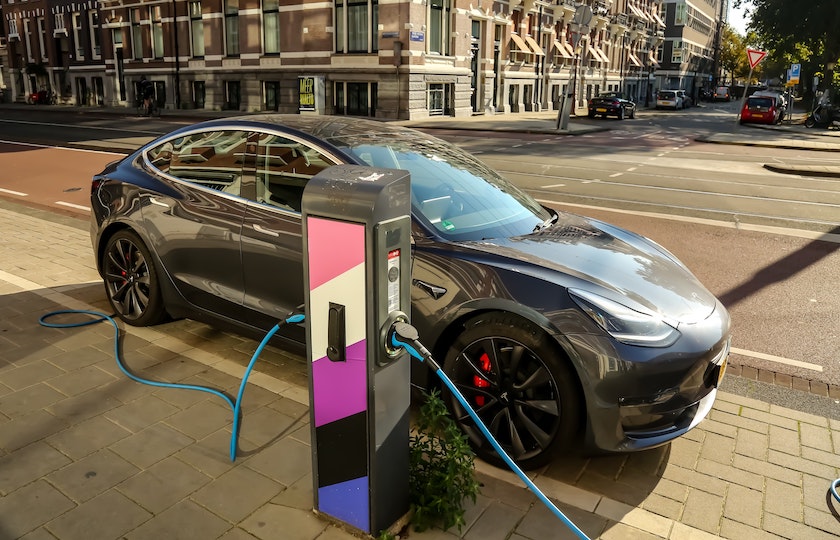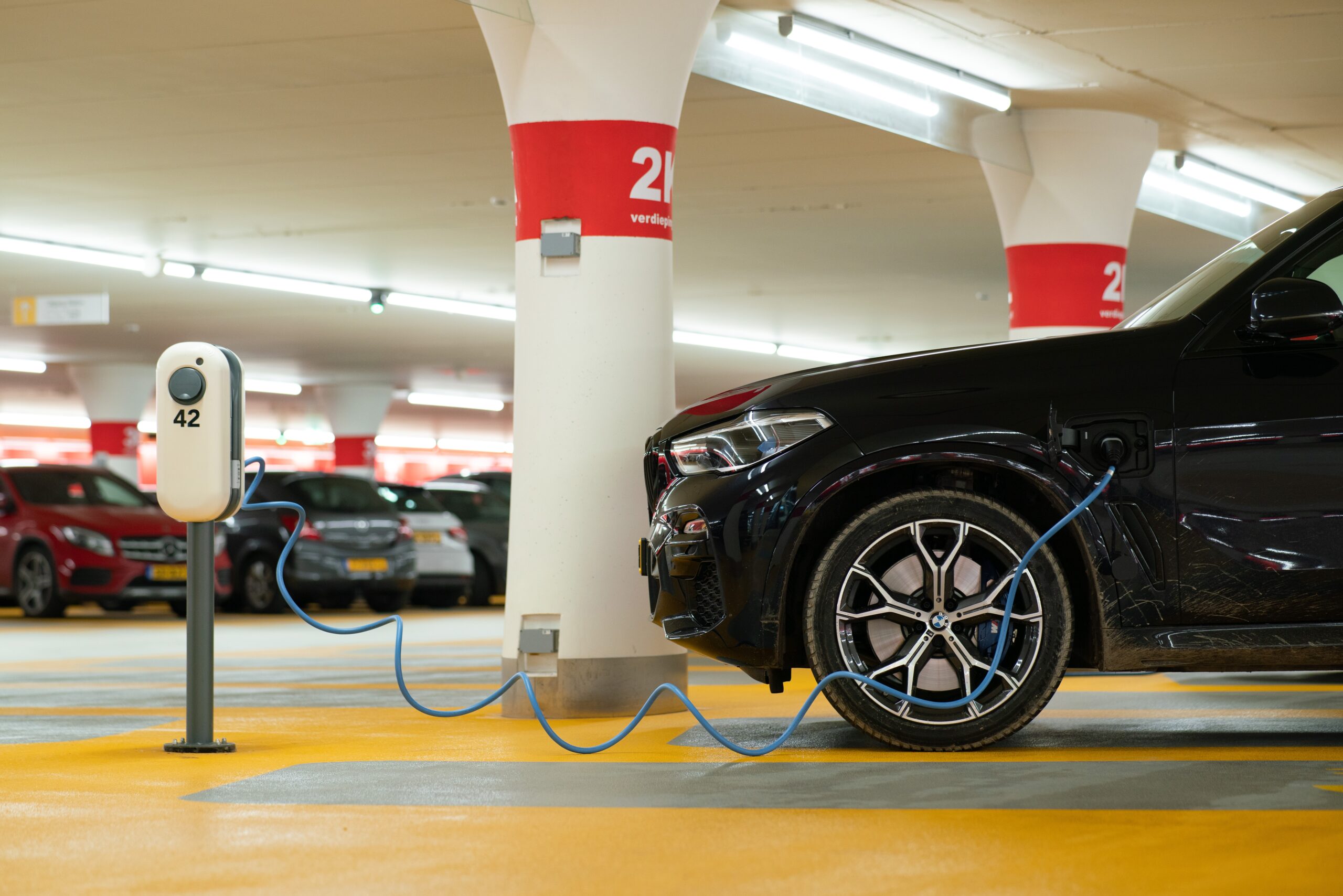The number of electric vehicles (EVs) in Australia doubled in 2022 and Tesla’s Model 3 emerged as the best-selling mid-size car, the first time an EV has held this title. Despite these headlines, Australia is off to a slow start with electric vehicles. They accounted for only 3.8 per cent of all vehicle sales in 2022, rising to 6.8 per cent of new car sales in February 2023.
The federal government is working on the first National Electric Vehicle Strategy to make them more accessible to Australians. With tax exemptions, more affordable models and the expansion of a limited charging network, 3.8 million electric vehicles are expected to be on Australian roads by 2030.
As the numbers grow, an increase in electricity demand for charging is inevitable. Careful planning is needed to manage this growth at a time when concerns have been raised about the power grid’s capacity to meet the demand for electricity.

However, early findings from our ongoing research on the use and charging of electric vehicles suggest they will have a more limited impact during peak demand periods than some have feared. Ultimately, they could improve grid stability, with “batteries on wheels” feeding in electricity at times of need.
How much are EVs driven and when?
The impact on the grid depends on the number of electric vehicles and how much and when they are driven and charged. Another factor in the future will be how they transfer energy back into the grid.
To date, information on how these vehicles are being driven and charged in Australia is limited. The UQ Teslascope Project, launched in 2021, aims to fill this knowledge gap. Our new report offers preliminary insights.
We collected and analysed minute-by-minute data on driving and charging from 230 electric cars across Australia. We found the average daily distance driven is 30km. That’s about the same as for all passenger vehicles in Australia.
On weekdays, most driving happens during morning and evening peak hours. On the weekends, a relatively high proportion of driving is in the daytime.

How much are EVs charged and when?
We estimate each vehicle uses just under 10 kilowatt-hours of electricity per day. That’s about 40 per cent of the daily use of a four-person house in Queensland.
Importantly, only 25 per cent of energy consumption from charging occurs during peak hours (6-8am and 4-8pm) when the grid is under the most strain. This suggests owners are generally charging their cars in a grid-friendly manner.
Around 31 per cent of charging occurs overnight (8pm-6am). This could be a result of people taking advantage of lower electricity costs overnight on time-of-use tariffs and/or charging their vehicles at a convenient time and place.
About 44 per cent of charging happens during non-peak daytime hours (8am-4pm). As more than half the study participants had rooftop solar, this suggests owners are already timing their charging to take advantage of solar energy.
Average daily energy use is higher on weekends than weekdays. As expected, more top-up charges (small volume charges that don’t necessarily fill the battery) occur on weekdays.
What does this mean for the future?
Our research reveals electric car users are, consciously or not, mostly charging them in ways that don’t stress the grid. As the numbers of these vehicles grow, encouraging a higher proportion of charging events outside peak hours will be beneficial.
Proper management of charging could help better integrate renewable electricity sources with the grid, save millions of dollars in grid investment and open up low-cost charging opportunities to electric vehicle users.
In Australia, almost one-third of homes have installed panels, one of the highest rates in the world. By 2050, two-thirds are expected to have rooftop solar. As the number of electric vehicles and the share of renewable energy increases, incentives to encourage users of these vehicles to charge during specific hours of the day are likely to be beneficial.

In the future, these vehicles may help integrate renewables into the grid by acting as batteries on wheels. The vast majority of cars in our study have 50 per cent or higher battery charge at the start of a driving event. That’s much more charge than an average trip requires. This suggests a good amount of spare battery capacity is available.
This spare capacity could help to smooth variable electricity output from renewables. Vehicles could charge at times of high renewable production, then supply energy back to their homes or the grid during peak demand hours or times of low renewable output. In this way, they could help support a grid with high renewable penetration.
How can EV owners help?
We’ve received funding from the Energy Consumers Australia’s Grants Program to continue exploring how shifting EV charging can benefit consumers and the grid. If you have an electric vehicle, you can help with this research by signing up on our website.
We would like to acknowledge Dr Jake Whitehead’s efforts in establishing the UQ Teslascope project in 2021, and for continuing to provide external advisory support.
About the authors: Thara Philip is an e-mobility doctoral researcher at The University of Queensland; Andrea La Nauze is a lecturer a the School of Economics at The University of Queensland, and Kai Li Lim is St Baker Fellow in E-Mobility at The University of Queensland.
This article is republished from The Conversation under a Creative Commons license.



